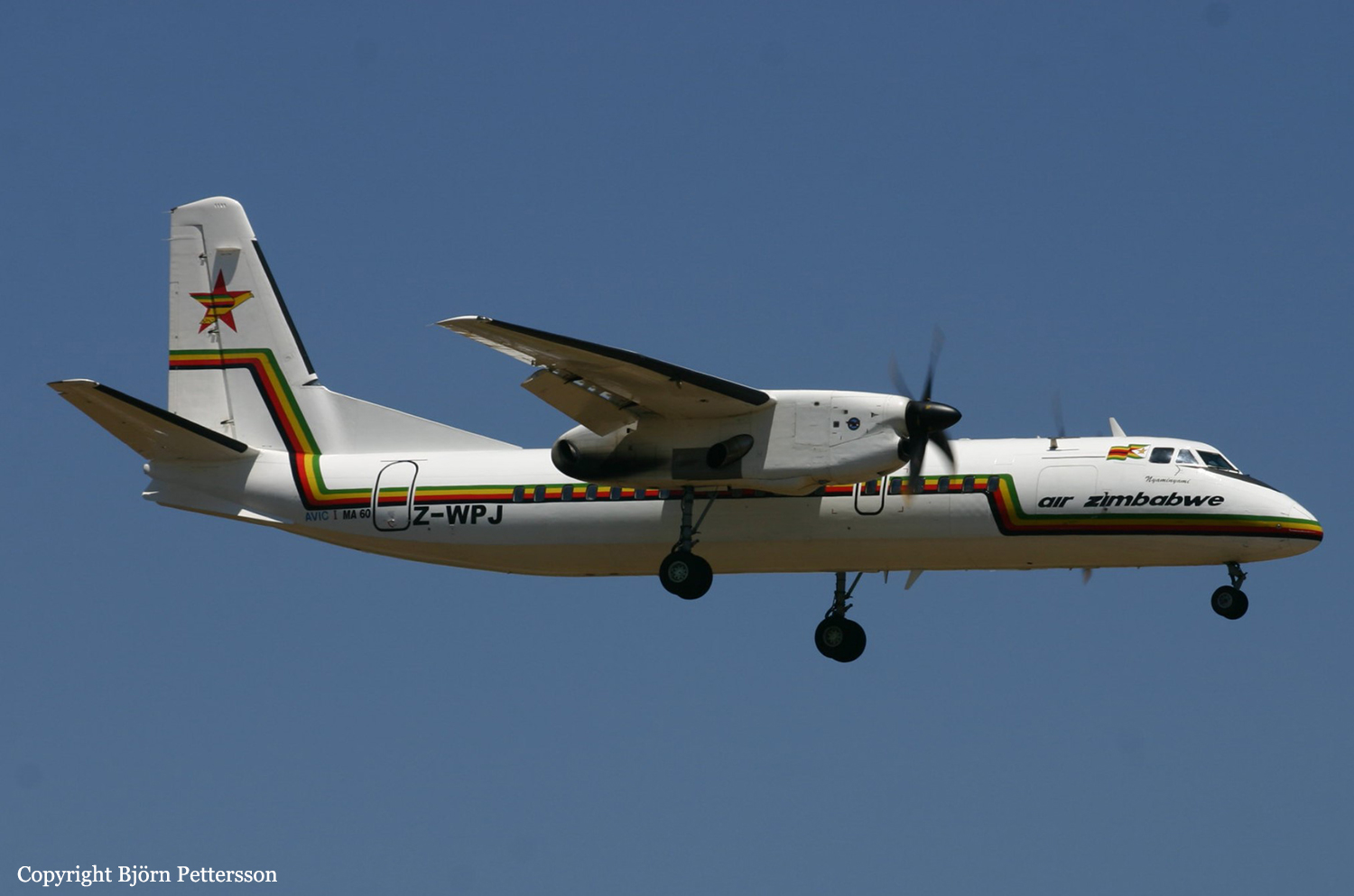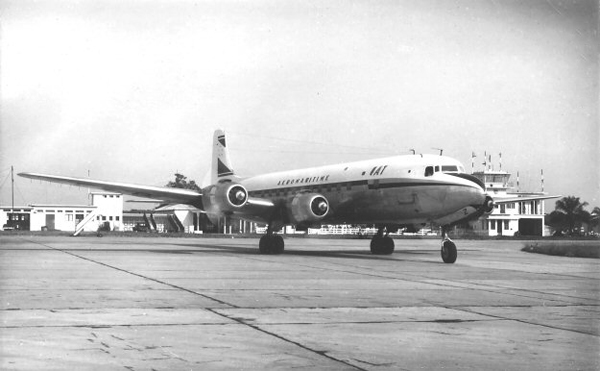Crash of a Xian MA60 in Harare
Date & Time:
Nov 3, 2009 at 1936 LT
Registration:
Z-WPJ
Survivors:
Yes
Schedule:
Harare - Bulawayo
MSN:
03 01
YOM:
2005
Flight number:
UM239
Crew on board:
4
Crew fatalities:
Pax on board:
34
Pax fatalities:
Other fatalities:
Total fatalities:
0
Circumstances:
During the takeoff roll at Harare Airport, the aircraft was bout to lift off when it collided with five warthogs, causing the left main gear to be torn off. Out of control, the aircraft veered off runway to the left and came to rest. All 38 occupants evacuated safely while the aircraft was damaged beyond repair.
Probable cause:
Loss of control during takeoff following a collision with five warthogs.










